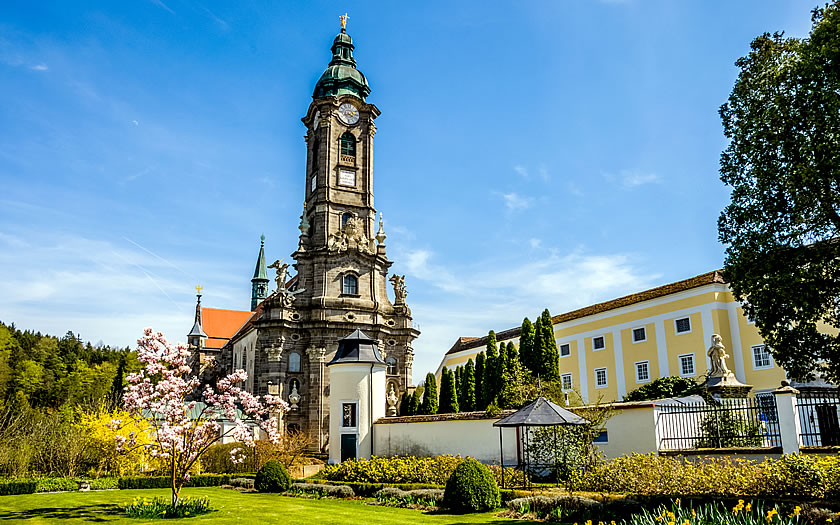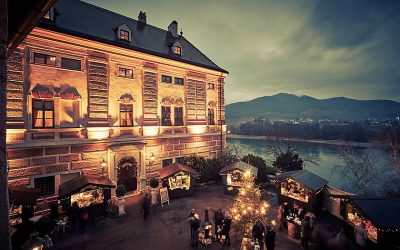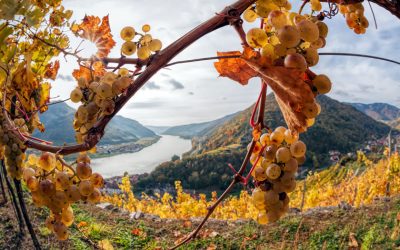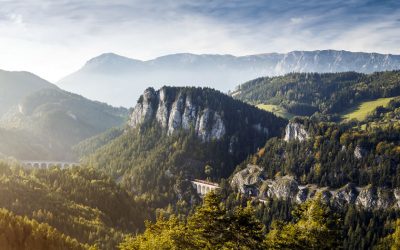Zwettl Abbey is a Cistercian monastery on the banks of the Kamp river in the Waldviertel region of Lower Austria. The abbey is in a relatively isolated location around three kilometres to the northeast of the town of Zwettl.
The legend of the foundation in the 12th century recounts the tale of monks from Heiligenkreuz near Vienna having a dream of the Virgin Mary, who told them to find an oak blossoming in winter and to build an altar in that location.
The Cistercians believed in a return to a pure monastic life based around manual labour. Like most of the religious buildings of the order, Zwettl is located near a river and near suitable farming land and forests. It also produces its own wine from a nearby vineyard.
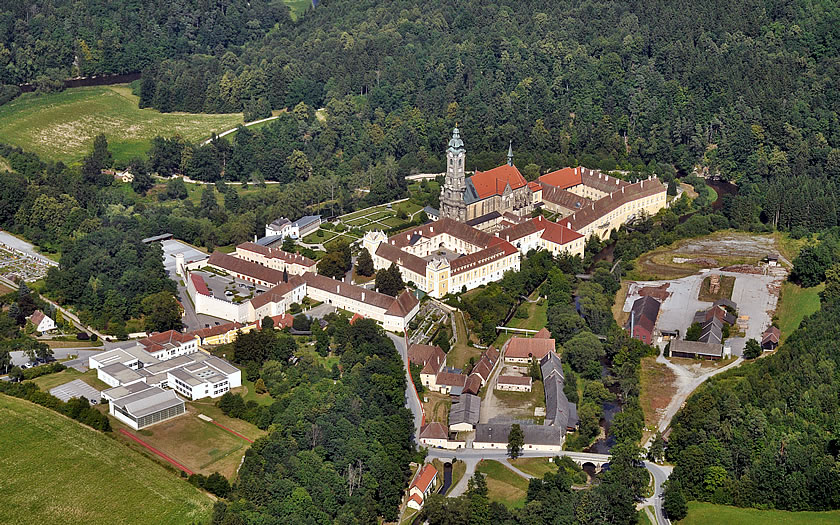
The extensive complex is now regarded as one of the most important examples of religious architecture in Austria. It combines influences of the Baroque, High Gothic and Romanesque periods.
The renowned Gothic cloisters in the monastery itself are the oldest in the German-speaking countries and are still used three times a day for prayer and reflection by the residents. The lovely Brunnenhaus (‘fountain house’) is on one side of the cloisters. Both the fountain and the cloisters were built in the 13th century.
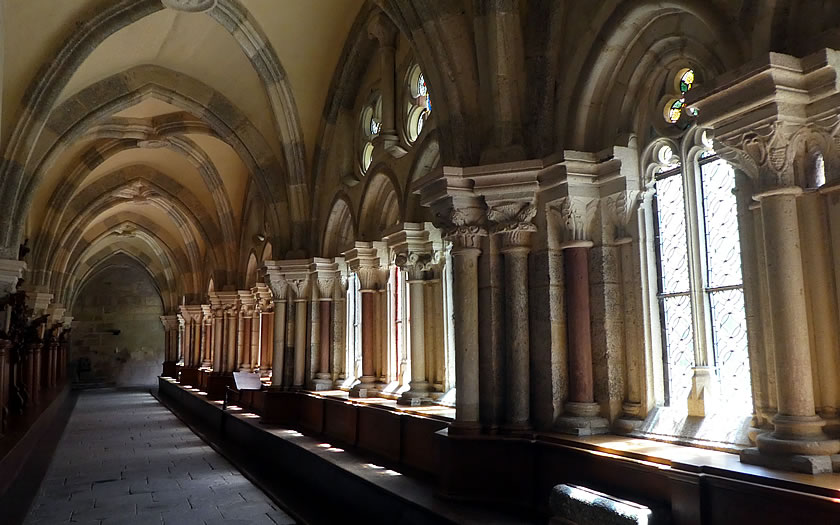
The abbey also includes older sections, including the latrines above the river, which can be seen on one of the self-guided tours which are available through the monastery and the grounds.
There is a terraced herbal garden, including a section designed for the medicinal plants recommended by Hildegard von Bingen, as well as more formal gardens in the vicinity of the abbey church.
The church with its granite tower is one of the landmarks of the complex. Although the design and location is based on the original structure this building dates from the 1700s and the Baroque style of architecture.
More information: www.stift-zwettl.at

